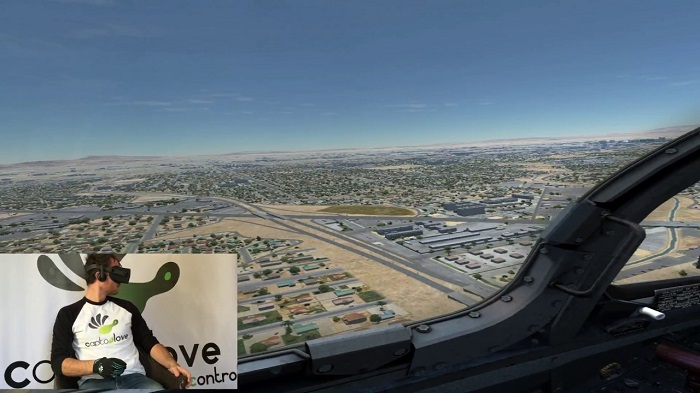
Still, this is a competitive market with more players to come. Obviously on Quest the gloves will be limited to hand-tracking experiences, though this library is growing steadily. It will be interesting to see if the TactGloves offer a compelling enough experience to benefit from the same support. They’ll come in three sizes and feature a washable liner.īHaptics hasn’t yet confirmed if the gloves can be used in conjunction with the TactSuit vest, but the widespread support for the former product has been particularly strong on Quest. This likely means the motors will activate when you place your fingers on virtual surfaces, but the gloves won’t actually stop you from putting your hands through objects and walls. Where do you think hand tracking could make a real difference? Let us know in the comments.The gloves employ 10 Linear Resonant Actuators on the tips of your fingers and thumbs to deliver a sense of touch when combined with hand-tracking capabilities on headsets like Quest 2 and HoloLens 2. Since Leap Motion doesn’t require any calibration or wearable apparatus, it’s the ideal device to use in the surgery room, because it doesn’t create much disruption during the actual surgery.” We need a device that is able to record finger joint angles and hand kinematics accurately. Leap Motion is key to the study because during human surgeries, researchers only have about 10 minutes to set up and perform the research task. “The goal is to record from the brain while the subject moves their fingers and makes specific hand gestures to learn about the brain encodes hand kinematic information. Specifically, to measure the hand tremors of Parkinson’s patients and compare them to brain activity: While Leap Motion technology is already being used in operating rooms for navigating medical imagery, the team at UCSF wants to explore its diagnostic potential during live surgery. If you are looking at hand tremor, rehabilitation software design, or just about everything else, Leap Motion is the way to go.” What’s Next: Live Diagnosis During Surgery If you want to look at subjects with abnormally closed hands or working with grasping large objects, go with the 5DT data glove (the more expensive option). “While ultimately we were unable to use the device with our stroke patients because their hands were too clenched, Leap Motion was instrumental in quickly and easily designing the software. Jason Godlove, a postdoctoral scholar in the UCSF School of Medicine’s Neurology department: While you can see their full findings in this poster that they developed for the conference, here’s a summary of their experience from the study:Īccording to Dr. Later, the recordings were used to calculate the actual angle of the MCP joint, and the researchers designed a Flappy Bird-style game that users were able to try with each device.



At the same time, a behavioral program sampled the entire finger movement. The study compared three different devices that provide fingerbone-level tracking: the Leap Motion Controller, 5DT Data Glove, and DG5 VHand 3.0.Īt the beginning of the study, users were videotaped wearing each device, moving their hands to a variety of angles. Glovesįor this study, the researchers wanted to see which technology would be best at measuring joint angles at the knuckle between the hand and the finger – what’s known as the metacarpophalangeal (MCP) joint. They believe that the Leap Motion Controller could play a key role in how doctors diagnose and treat a variety of brain disorders – even during live surgery. In a recent presentation for the Society for Neuroscience Conference, three researchers from UCSF stacked the Leap Motion Controller against two different data gloves to help assess people who suffered from stroke. To help people rehabilitate from strokes and hand tremors, doctors and researchers are doing some really amazing things with off-the-shelf hardware. It’s easy to take for granted – until your hands don’t cooperate. From drinking your morning coffee to turning off the lamp, you use your hands thousands of times a day.


 0 kommentar(er)
0 kommentar(er)
